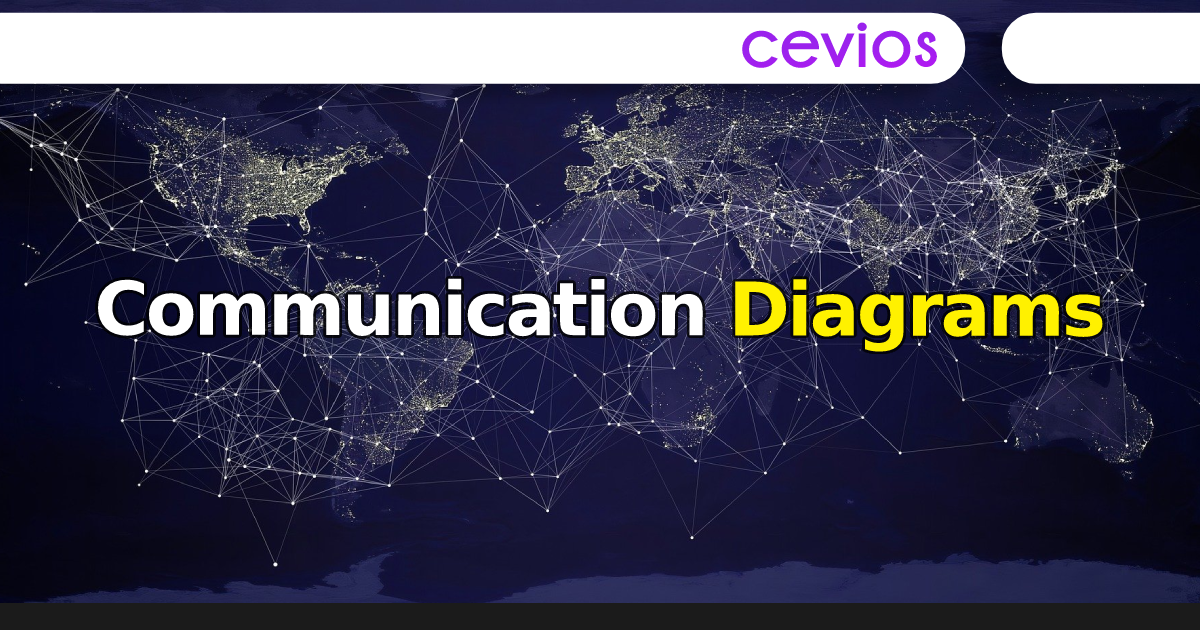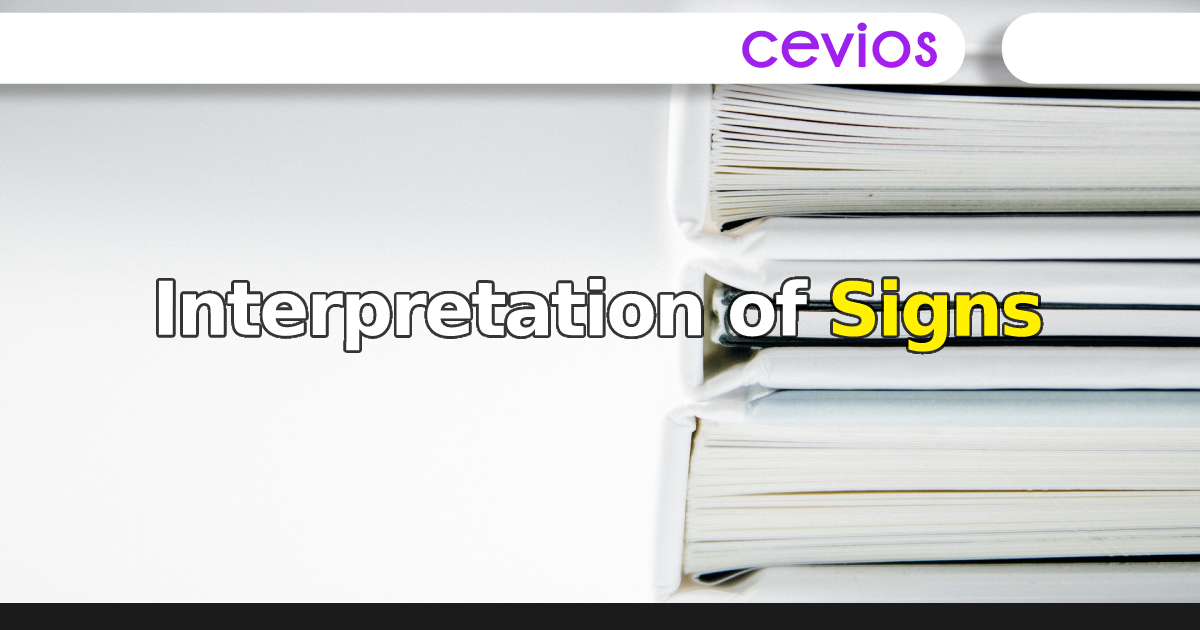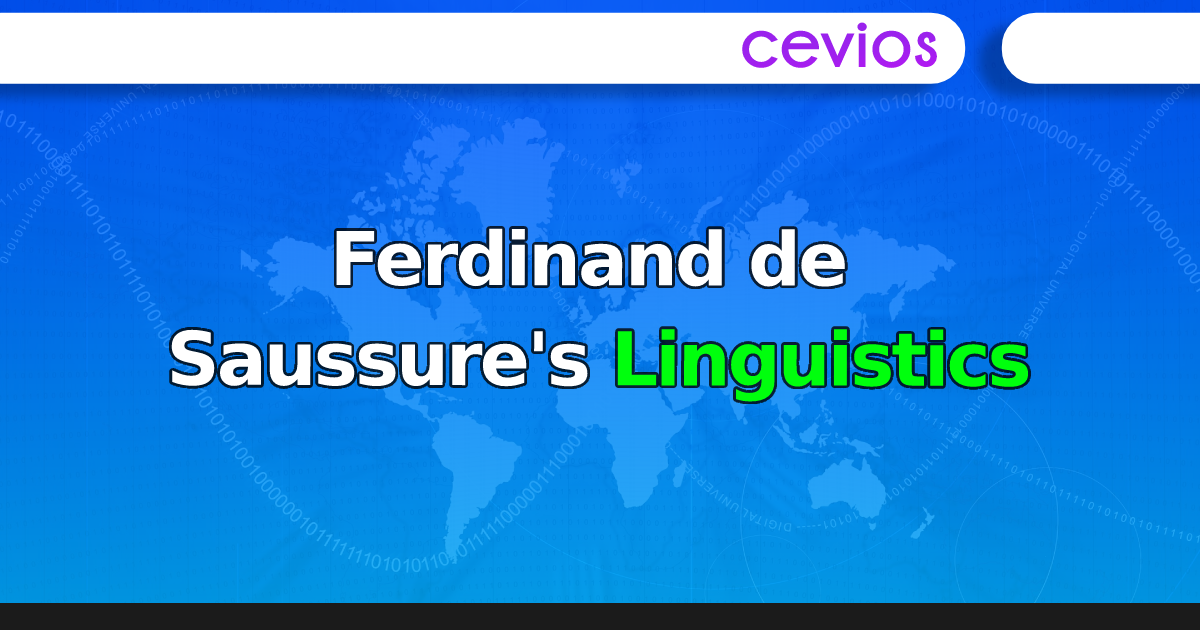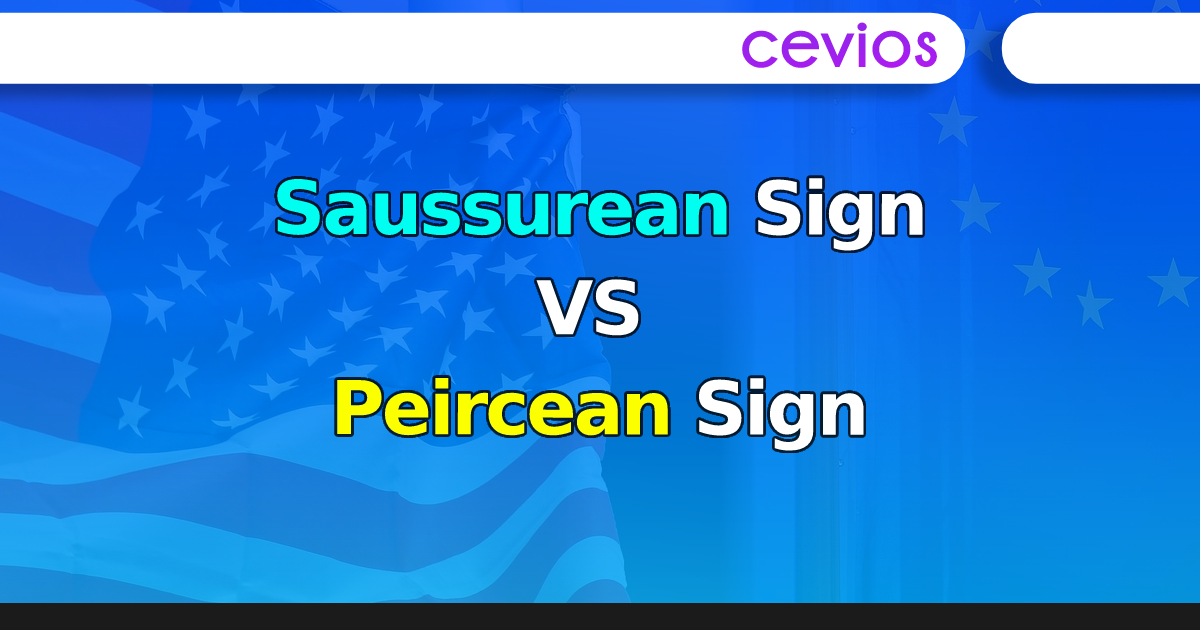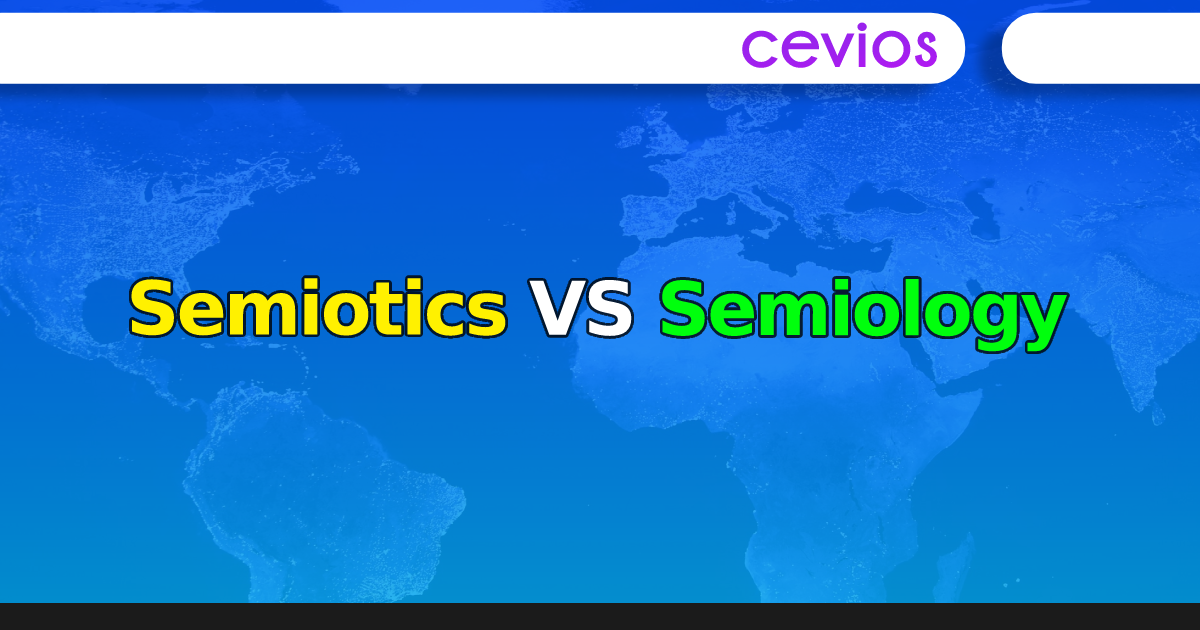The study of communication as a field is vast and complex. Our goal here is to present you with three communication diagrams[1] by order as an exercise that allows you to test your comprehension. We invite you to limit your observation to elements that you learned until now.
1. Ferdinand de Saussure’s Communication Diagram
2.…
